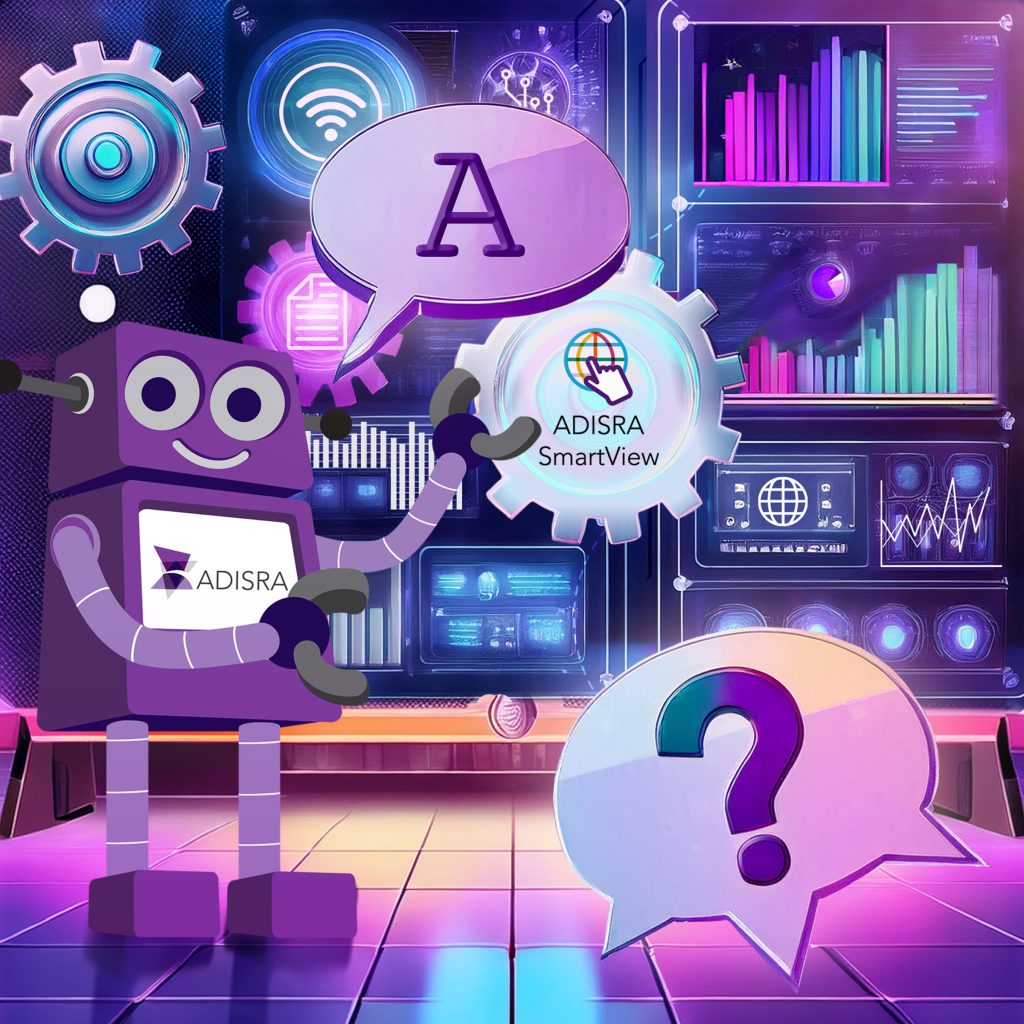
Industrial automation is advancing at a rapid pace, and customers are looking for clear, practical answers about how new technologies fit into their operations. Chances are, you have asked the same questions others have: How does this specific feature in ADISRA SmartView work? How can it improve my processes? Every day, we hear these questions from customers around the world, and instead of keeping the answers behind closed doors, we are sharing them with you.
In this blog, we have compiled real questions from real users and provided direct, no-nonsense answers. Whether you are evaluating ADISRA SmartView for the first time or seeking to maximize the value of your existing system, you will find insights that matter. Many of these questions focus on ADISRA SmartView’s unique strengths: its built-in rule-based expert system, flexible deployment on Windows or Linux runtimes, seamless connectivity with databases, industrial protocols, and third-party software, and much more.
Experience ADISRA SmartView firsthand. Download your free trial here.
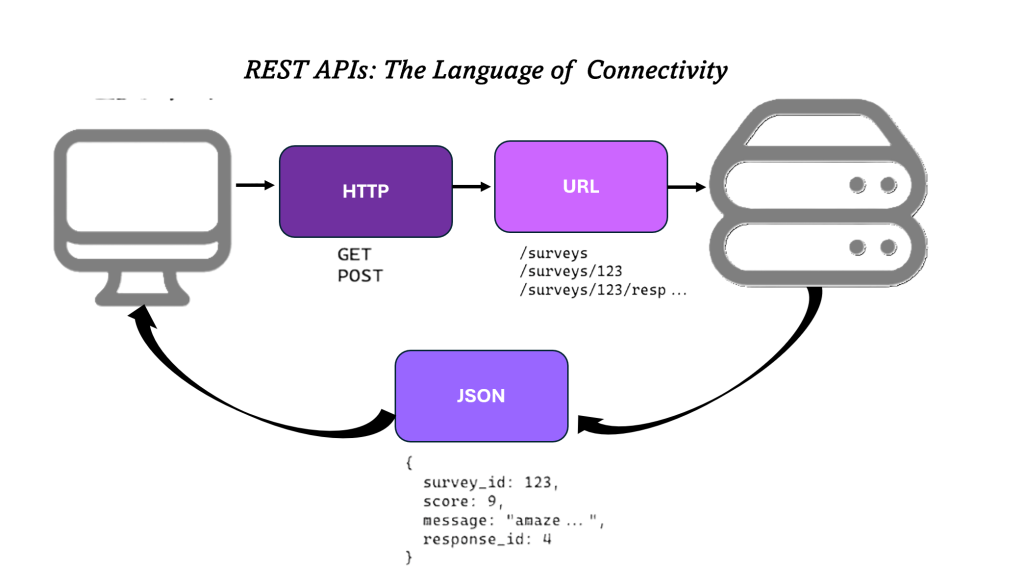
Can ADISRA SmartView integrate with third-party software using an API or REST API?
ADISRA SmartView includes a Web API driver designed to connect with external REST API servers. Web APIs enable communication between web servers, browsers, and applications over the internet. Among the different API architectures, REST (Representational State Transfer) is the most widely adopted due to its simplicity and scalability.
REST was introduced by Roy Fielding in his 2000 doctoral dissertation, where he outlined principles for building networked applications that leverage the architecture of the web. These principles emphasize stateless communication and the use of standard HTTP methods such as GET, POST, PUT, and DELETE to interact with resources.
According to IMARC (“Transforming Ideas into Impact”), RESTful APIs hold the largest market share in the U.S. at 55.75%, thanks to their scalability, simplicity, and compatibility with modern web services and cloud applications.
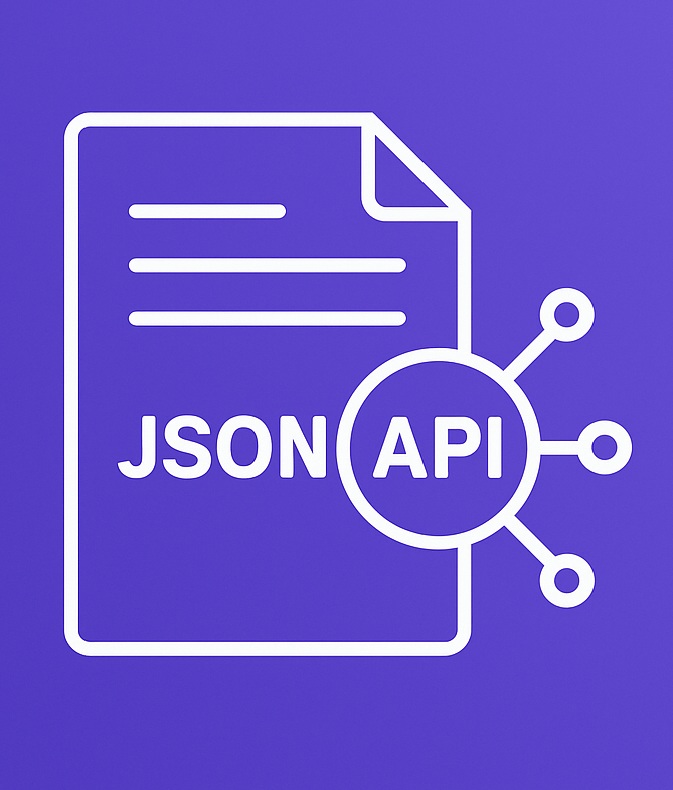
Why JSON is the Standard for REST APIs
The ADISRA SmartView Web API driver expects a JSON response from the REST API server. While REST APIs can technically return other formats (XML, CSV, plain text, or binary), JSON has become the de facto standard because:
– Request–Response model: A client (application or browser) sends an HTTP request (GET, POST, PUT, DELETE), and the REST API server responds with data.
– Lightweight and universal: JSON is human-readable, compact, and supported by nearly all programming languages.
– Consistency: Returning structured JSON ensures easy parsing, validation, and integration into applications.
Getting Started with the Web API Driver in ADISRA SmartView – A Simple Example
In this example, we’ll configure the Web API driver to retrieve information from an online open server. The default URL is already set, so we will keep it.
1- Create a Web API Document
Start by creating a new Web API document in SmartView.
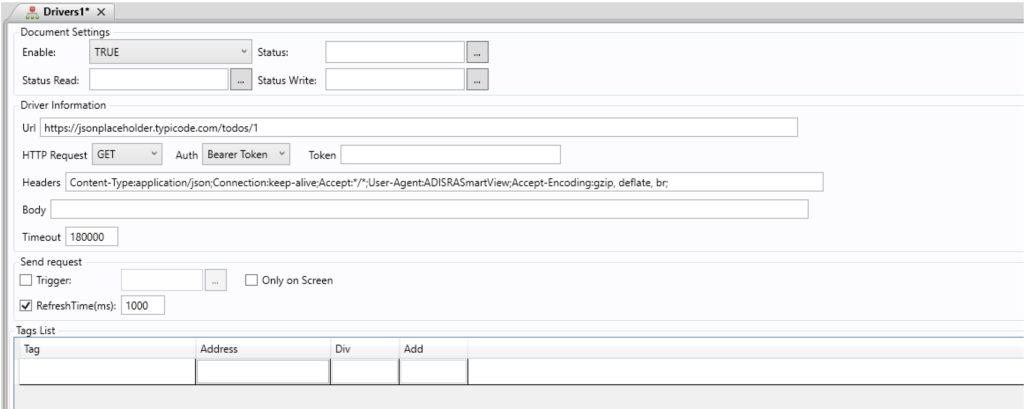
2- Configure the Document
Define the addresses and map them to tags in the Tag List. The addresses must match the JSON response format.
You can preview the JSON response directly in SFIDTS SmartView or use tools like Postman to test communication before specifying addresses.
Example: JSON properties can include coordinates, weather conditions, or other data arrays.
Always ensure that the addresses you configure in ADISRA SmartView match the exact JSON property names.
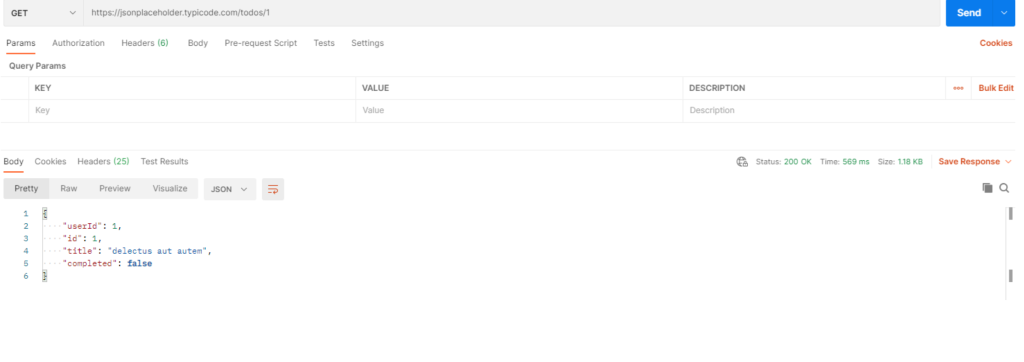
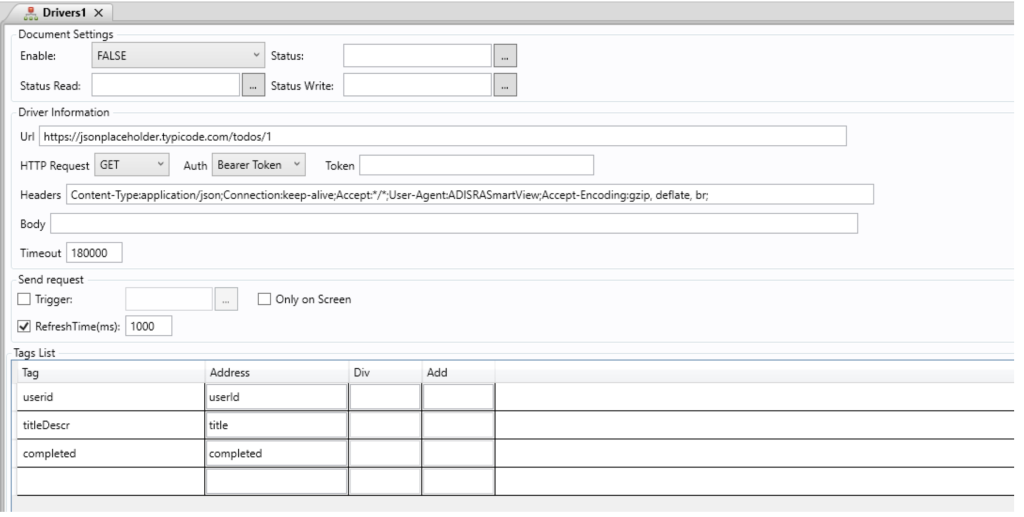
3- Run and Validate
Save the driver document and run the application. Use DataWatcher to confirm that the tag values are correctly retrieved from the JSON response.
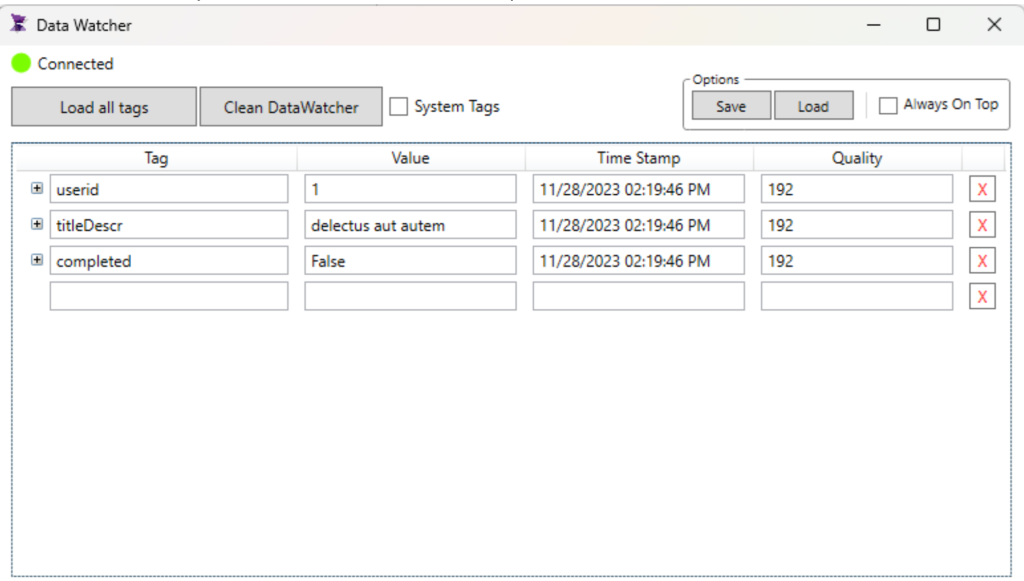
This structured approach enables ADISRA SmartView users to seamlessly integrate RESTful APIs into their applications, allowing for real-time data retrieval from external web services.
As the digital landscape continues to evolve, APIs remain critical for connecting applications and driving innovation. For developers and anyone curious about how modern digital services operate, understanding Web APIs and the principles of REST is no longer optional; it is essential.

Does ADISRA SmartView support both OPC UA Server and Client?
ADISRA SmartView operates as both an OPC UA Server and Client. As a server, it enables other applications to connect and read or write tag data. As a client, it can seamlessly access data from external OPC UA servers, including flow meters, temperature sensors, PLCs, and other devices.
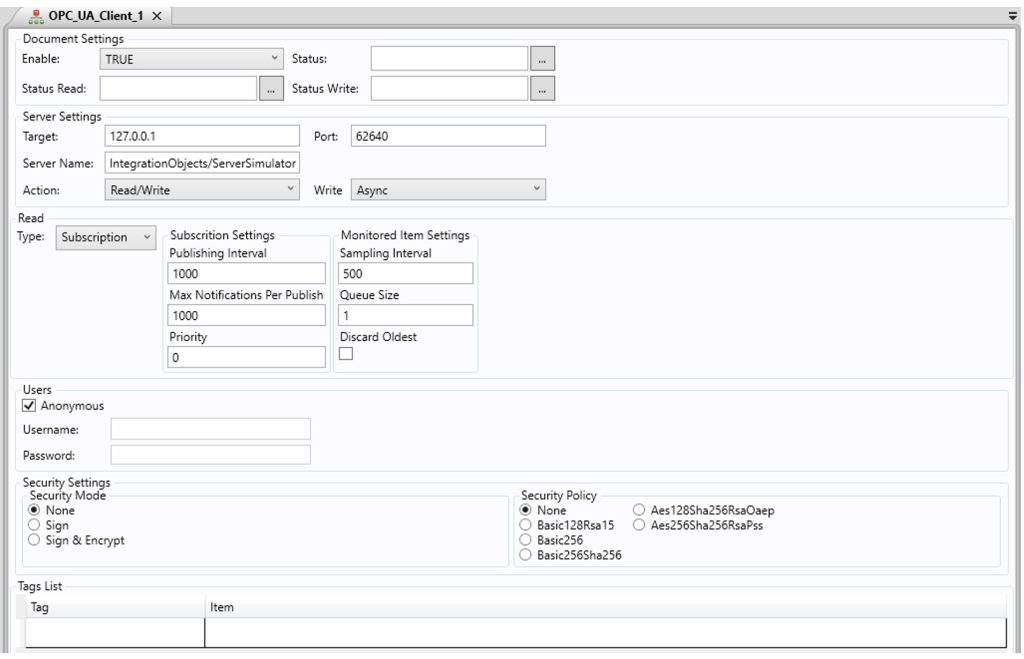
This dual capability allows ADISRA SmartView to integrate easily with OPC UA Servers for real-time data exchange. By configuring ADISRA SmartView as a client, users can establish communication with the server and define which tags will participate in the data exchange, providing precise control and flexibility in managing information flow.
On our website and YouTube channel, we share a video tutorial on how to configure the OPC UA Server in ADISRA SmartView. You can watch it here.
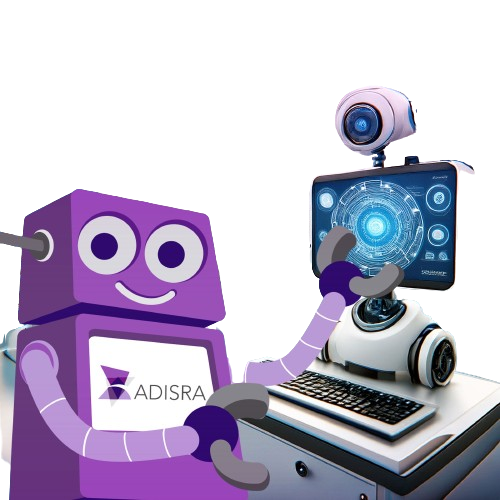
Can I use an IP Camera with ADISRA SmartView?
Yes. ADISRA SmartView can configure a graphic document to display a camera’s video in real-time in the Viewer using the RTSP (Real Time Streaming Protocol). Within the ADISRA SmartView, you simply enter the camera’s RTSP address in the “URL to open” property. The address typically follows this format:
rtsp://[USERNAME]:[PASSWORD]@[IP_ADDRESS]:[RTSP_PORT][CHANNEL][STREAM_TYPE]
Example:
rtsp://admin:12345@192.168.1.100:554/Streaming/Channels/101
In this example, ‘admin’ is the username, ‘12345’ is the password, ‘192.168.1.100’ is the camera’s IP address, ‘554’ is the RTSP port, and ‘Channels/101’ specifies the stream path.
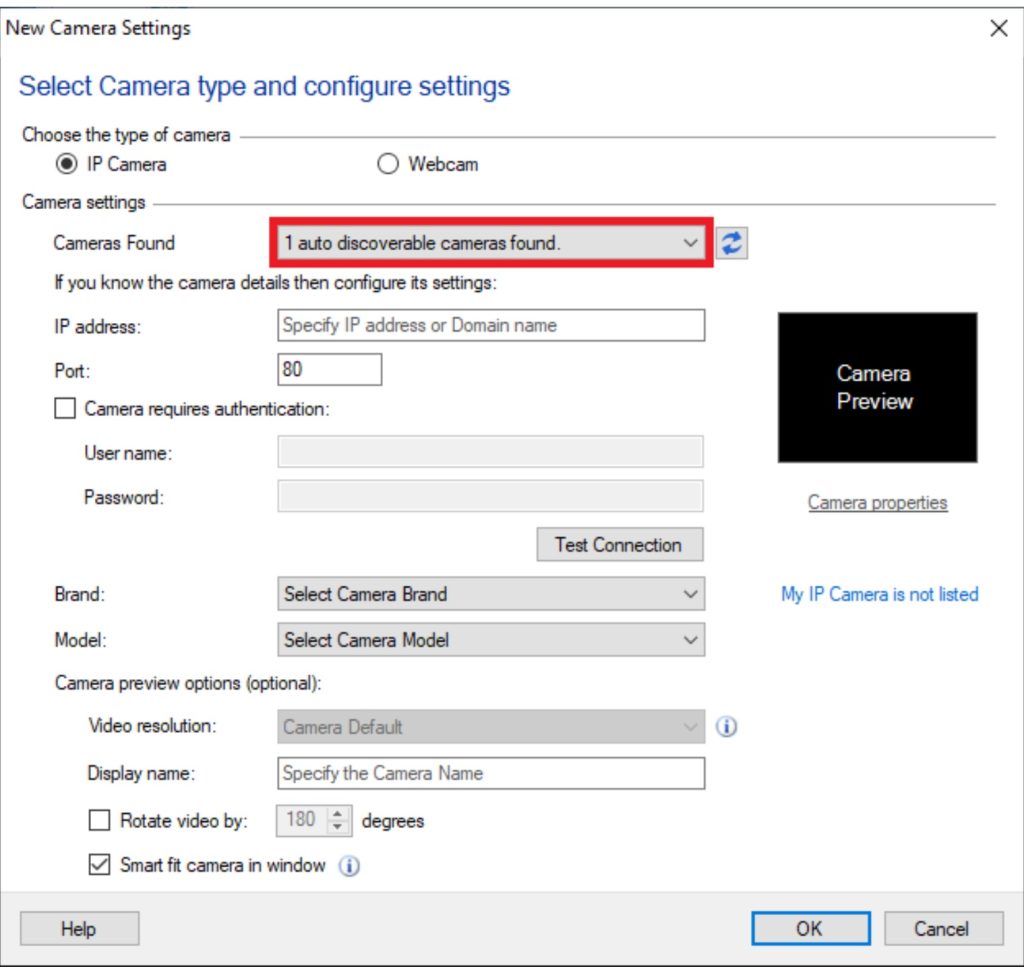
RTSP is a network protocol designed to control interactive streaming media. It manages playback functions such as play, pause, stop, rewind, and fast forward, while RTP (Real-time Transport Protocol) handles the actual streaming of the video data. RTSP is widely used in IP surveillance systems, live broadcasts, and video-on-demand applications. Originally standardized in 1998 (RFC 2326) and later updated with RTSP 2.0 in 2016, it remains a key protocol for real-time video streaming.
In addition to RTSP, many IP cameras, such as Cognex vision systems, support protocols like Modbus TCP/IP. RTSP is best suited when the primary goal is streaming live video, while Modbus TCP/IP is typically used when you need structured data exchange (such as inspection results, triggers, or measurement values) alongside or instead of video. ADISRA SmartView can handle both, giving users the flexibility to visualize live images and integrate operational data from the same device.
ADISRA SmartView then visualizes this information on the user interface using a .NET control, which can even display live images from the vision camera directly on the screen.
By leveraging RTSP and ADISRA SmartView’s flexible integration capabilities, users can build tailored solutions for real-time monitoring, live streaming, video surveillance, and video-on-demand platforms.
We have published a comprehensive blog that explores the use of video in ADISRA SmartView. You can read it here.
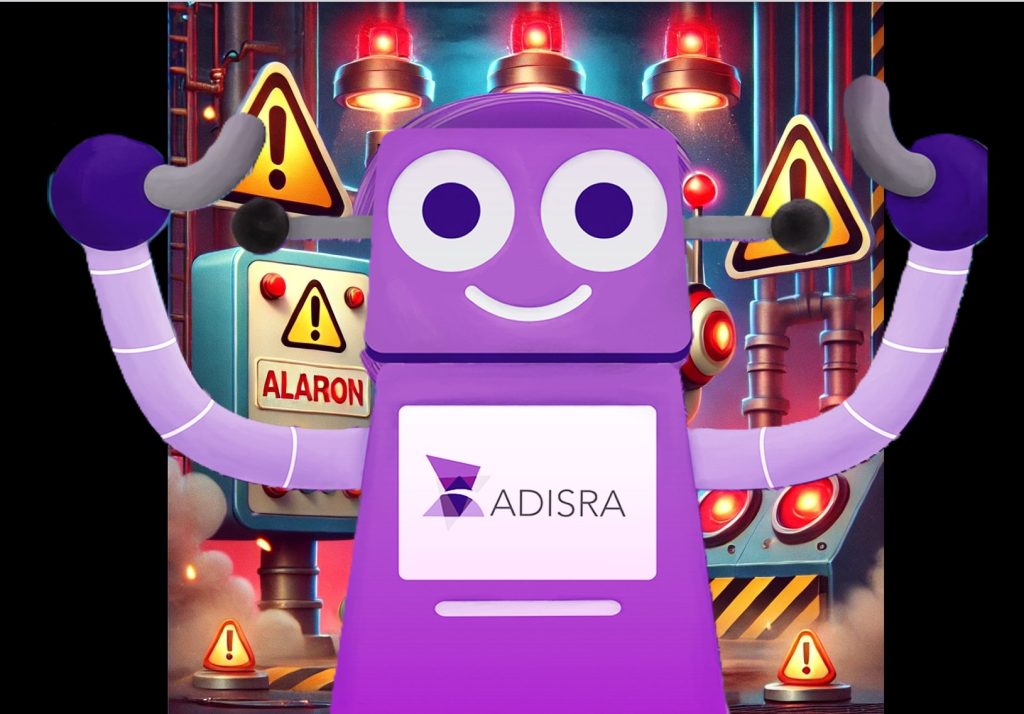
Several recent inquiries have focused on the capabilities of the alarm module, specifically regarding alarm filtering & enumeration, as well as alarm pagination within the user interface. The following sections provide detailed answers to each of these topics.
Alarms in an HMI/SCADA system are essential for indicating faults or potential error conditions based on tag values. They can be configured to display on-screen messages to notify operators, trigger actions such as adjusting process parameters or stopping equipment, and even send notifications through email or WhatsApp. Alarm data may also be logged for future analysis, either in proprietary files or within a database.
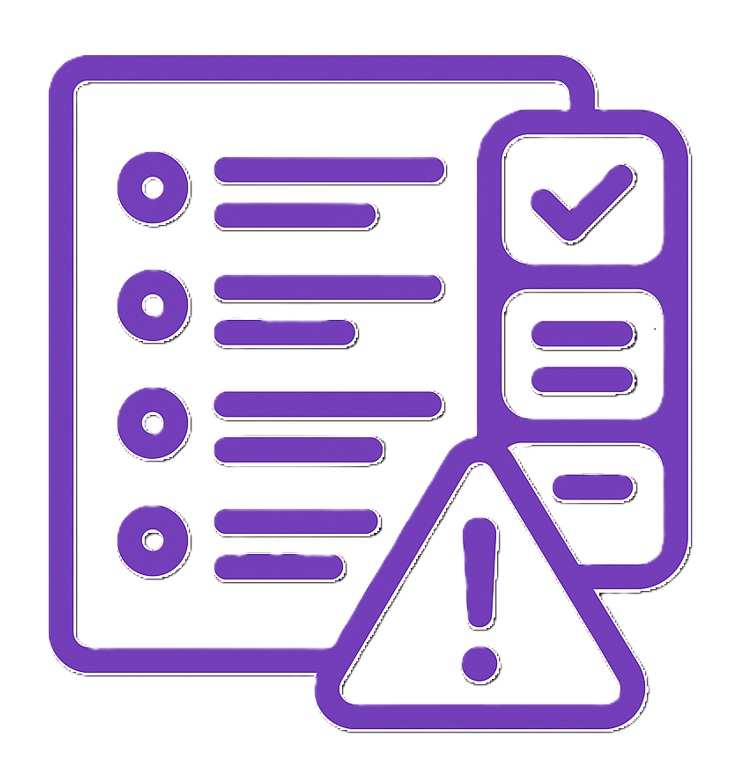
Alarm Filtering and Enumeration
With recent enhancements, alarms in ADISRA SmartView have become more flexible, supporting the development of robust and customizable application designs. Alarms can now be defined not only by threshold values but also by lists or enumerations, enabling greater precision in state-based monitoring. For example, a tag value of 1 might represent a low alarm, while a value of 2 corresponds to a high alarm. Users can assign custom priorities, apply advanced logic, and tailor alarm behavior to meet the exact requirements of their processes.
Key Features
Expanded Alarm Types
In addition to traditional alarms (e.g., high, low, deviation), ADISRA SmartView supports Enumeration/List/Multiple alarms. These allow triggering based on specific tag values mapped to defined conditions.
Custom Alarm Logic
Alarms can be configured from a list of tag values. For example:
Value 0 → Normalized (no alarm)
Value 1 → High Alarm
Value 2 → Freeze Alarm
Value 3 → Emergency Activated Alarm
This approach provides fine-grained monitoring for complex, state-based conditions.
Priority and Severity Control
Flexible assignment of alarm priority and severity enables operators to respond appropriately while supporting more granular alarm management strategies.
Integration with External Systems
Enumeration alarms are particularly useful when integrating with external systems that represent alarms in different ways. Each enumerated value can be assigned a custom message, displayed in the alarm object, and stored in the database alongside traditional alarms. This ensures both internal and external events are captured, visualized, and managed consistently.
We provide an example on our website that demonstrates how to filter alarms by tag name. You can view it here.
Alarm Pagination
Alarm pagination has been implemented in the Viewer to improve performance and usability when handling large alarm datasets. By default, the alarm object initially loads up to 1,000 records. When the user scrolls to the bottom of the list, an additional 1,000 records are automatically retrieved, and this process continues as needed.
This behavior is now the default for the alarm object and does not require manual configuration. Pagination also applies when filters are used: the Viewer will load 1,000 records at a time, with additional records loaded as the user scrolls further.
As shown in the image below, a visible gap is presented when more records are available, prompting the user to scroll to retrieve the next set of alarms.
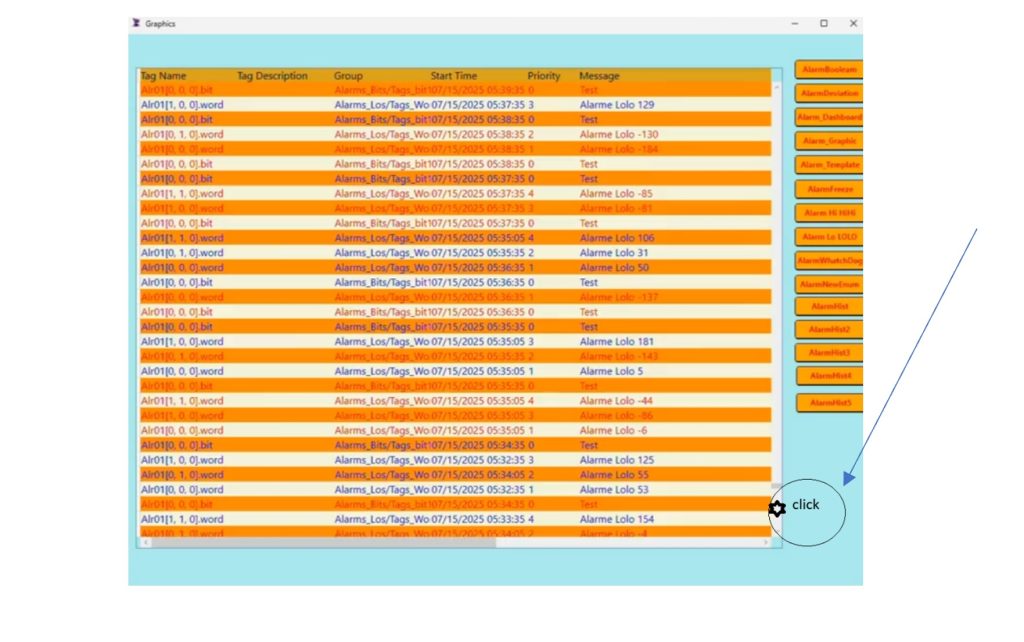
If you would like to learn more about alarms in ADISRA SmartView, we covered the topic in a previous blog. You can read it here.
We also provide several alarm examples, including the Alarm History Export Demo and the Alarm Sound Demo, which can be found on our website here.
Conclusion
Industrial automation moves quickly, and staying ahead means having access to clear, practical answers. With ADISRA SmartView, we are committed to making complex features, such as REST API integration, OPC UA connectivity, IP camera streaming, and advanced alarm management, straightforward and actionable.
If you are ready to see the difference for yourself, download the free trial of ADISRA SmartView today and experience how it can transform your HMI/SCADA applications. Download your trial version here.
We are committed to providing exceptional service to both our customers and prospective users. If you have any questions about our products, please contact us at support@adisra.com.
Do you have ideas or suggestions for features you would like to see in an HMI/SCADA package? We would enjoy hearing from you. Send your feedback to info@adisra.com.
If you are interested in a private demonstration of ADISRA’s products, simply click here, complete the form, and a member of our team will reach out to schedule your demo.
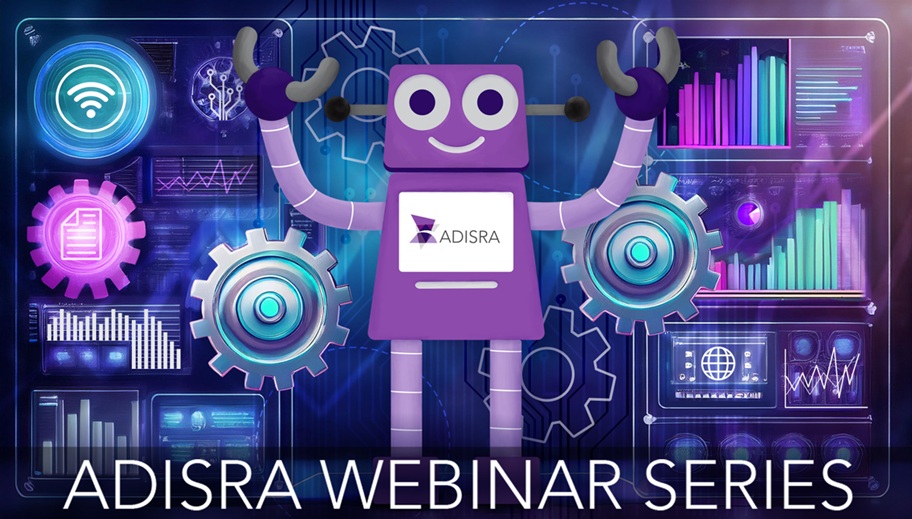
ADISRA Webinar Series:
Our webinar series is back! Join us on September 25th at 9:30 a.m. CDT for another insightful session. We have lined up an exciting new topic that we cannot wait to reveal. Stay tuned; details are coming soon!
Mark your calendar and do not miss the chance to learn, connect, and explore what is next with ADISRA. We look forward to seeing you there!
To register for any of ADISRA’s webinars, please visit our webinar page here.
ADISRA®, ADISRA’s logo, InsightView®, and KnowledgeView® are registered trademarks of ADISRA, LLC.
Copyright
© 2024 ADISRA, LLC. All Rights Reserved.
